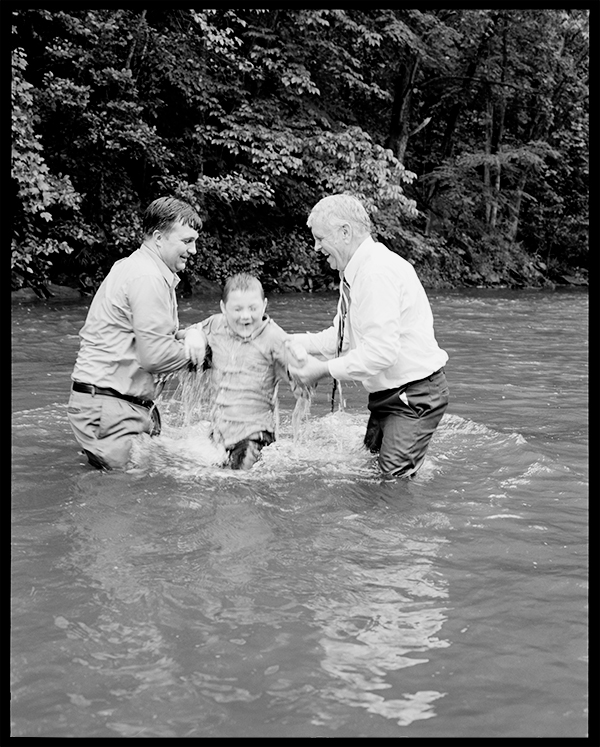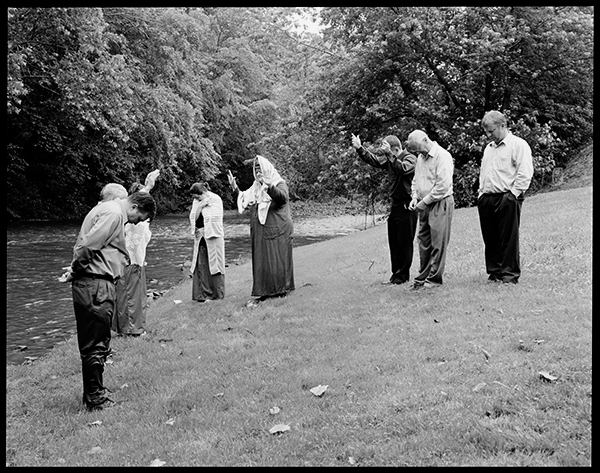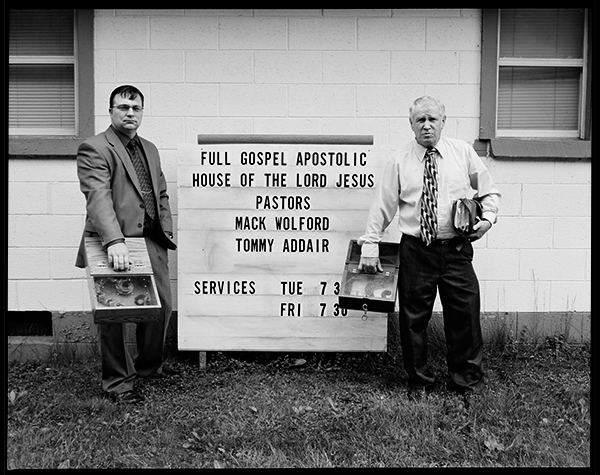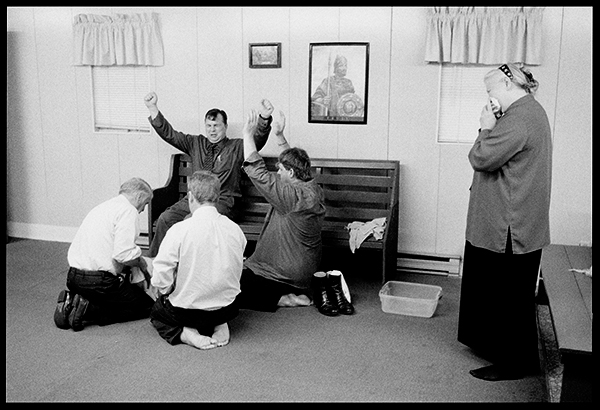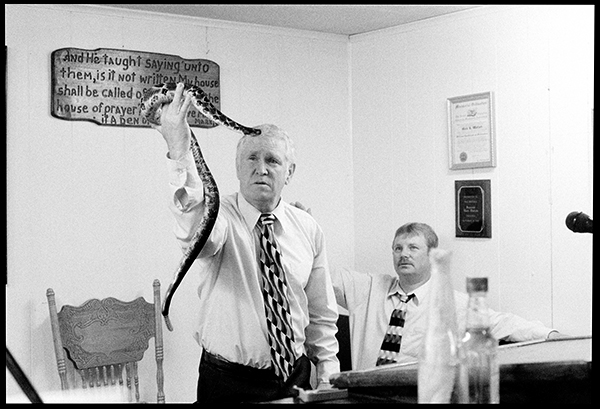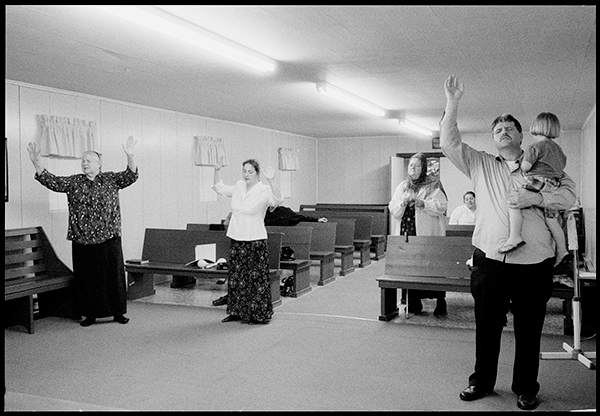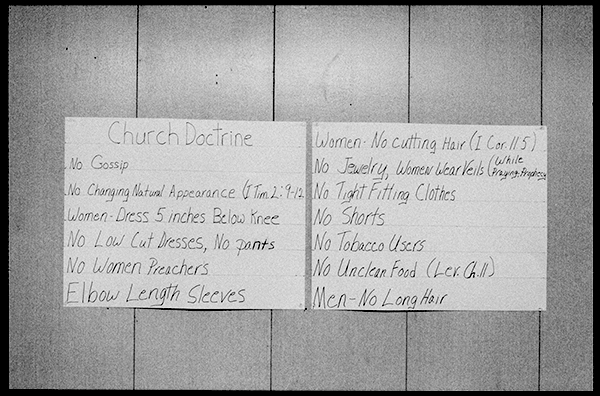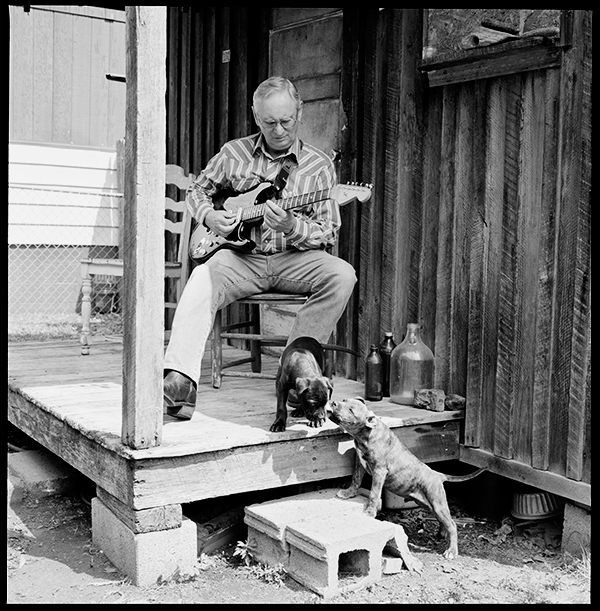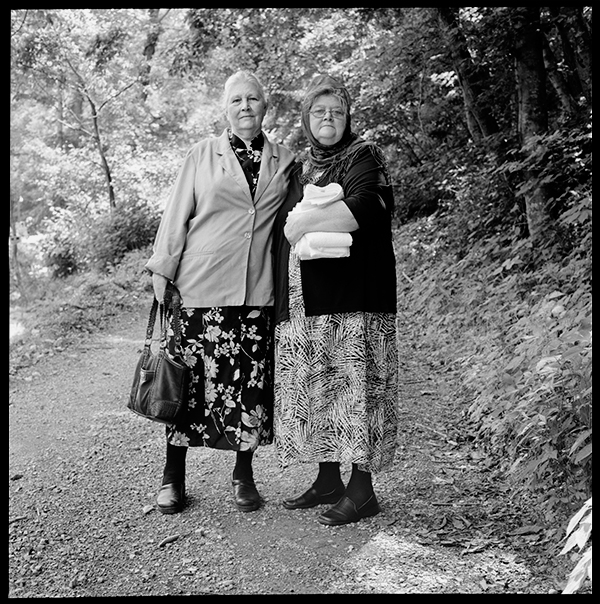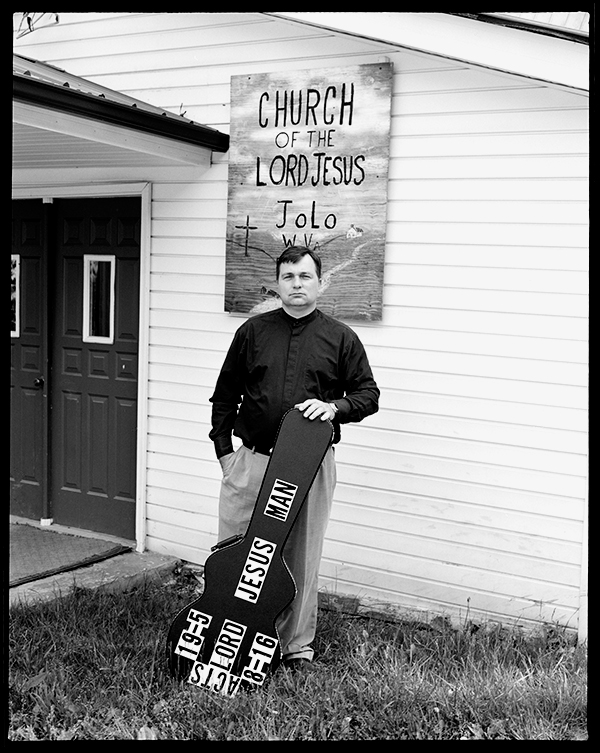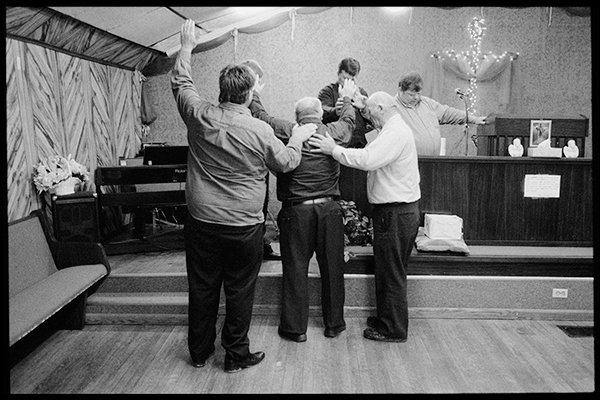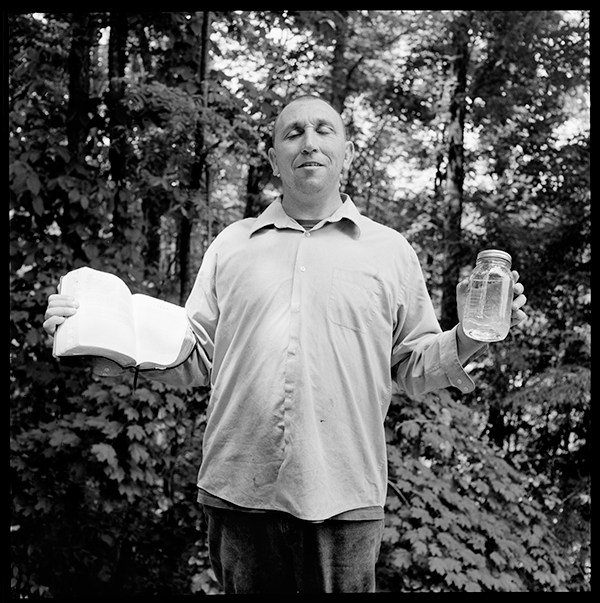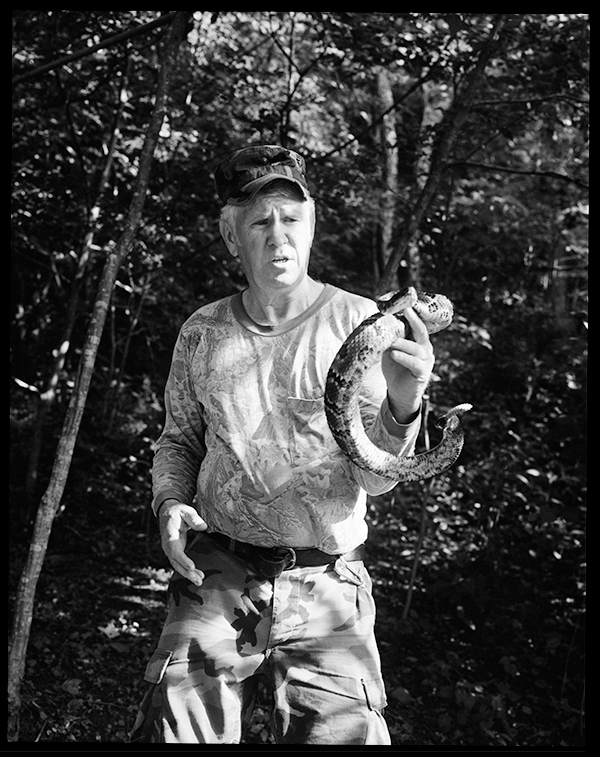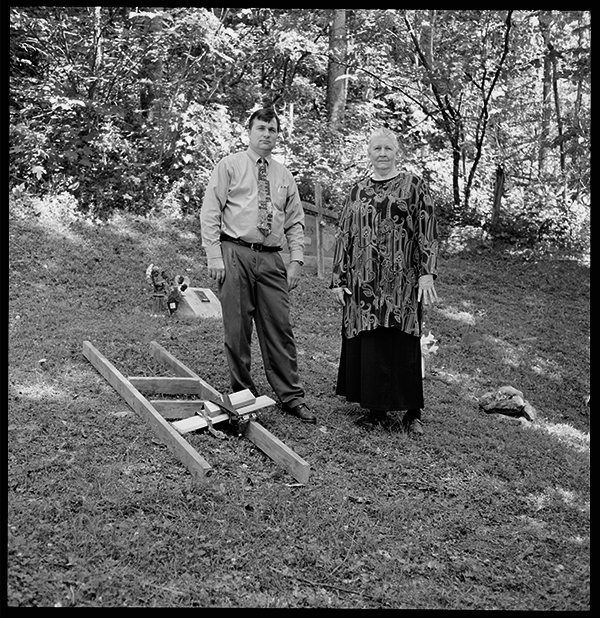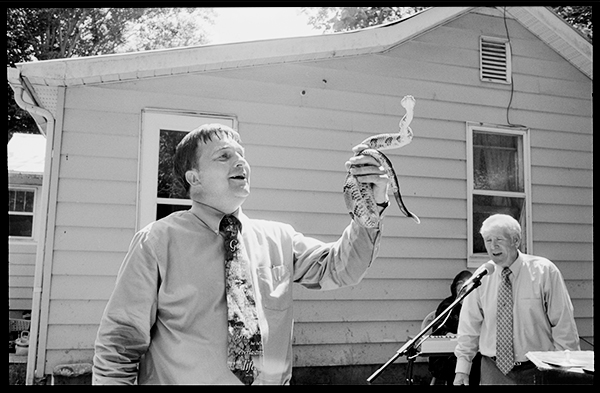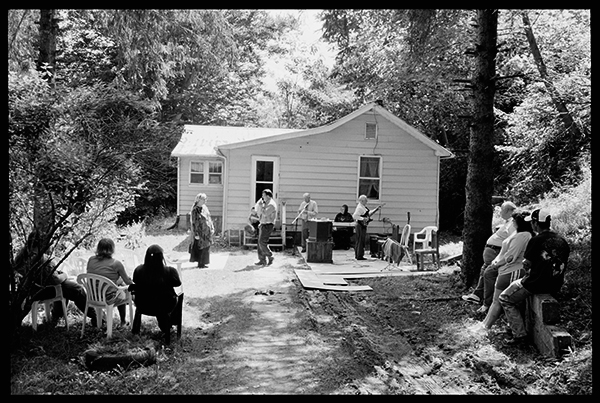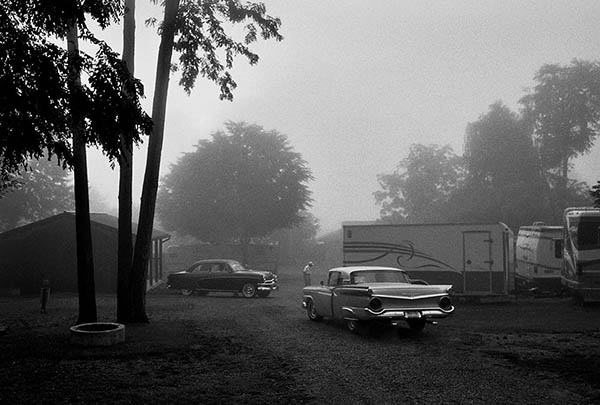 SEEN AND FELT: Appalachia, 2012
SEEN AND FELT: Appalachia, 2012
Having grown up during the years when the United States of America was a manufacturing giant, it was important for me to reconcile those early memories with the reality of the present day--to see what this region, known to have fallen on hard times, looks like now.
This is what compelled me during the summer of 2012 to drive through rural Appalachia and the Rust Belt: parts of West Virginia, Pennsylvania and Ohio. I stayed in campgrounds; slept in the back seat of my 90's rust bucket.
The trip began in the small Allegheny River town of Natrona in Western Pennsylvania and ended along the Ohio River in the even smaller mill town of Mingo Junction, Ohio. This 65-mile distance — according to a map — took 4,000 miles to cover. There was some crisscrossing back and forth as I followed suggestions of local folks met along the way who recommended places that evoked a perceptible connection between the past and present and which they believed important for an outsider to see. Each encounter was detailed in the journal I kept during the trip.
With Tri-X black-and-white film in my Leica rangefinder camera, I walked around the huge shuttered steel mills, along train tracks and through deserted downtowns with ghost-like streets that had once been thriving.
I didn't approach this project as a photojournalist, choosing instead to photograph spontaneously, to allow myself to be seduced by a scene’s visual aspects and its impact on my gut.
Personal work has always been more about the journey and less the destination. It’s about discovery, needing only to press the shutter at moments when I’m moved by what I’m seeing. In literary terms, it is about creating an “objective correlative” between the inner and outer, the seen and felt.
My work is known for its very formal compositions: lines, angles, dividing what is within the frame. It is known equally for its powerful emotions: feelings of isolation and melancholy. Taken together, these seemingly disparate elements create photographs that are direct yet poetic, mysterious, quiet and understated.
As the journey was nearing its end, I couldn't help but think about the places seen and photographed: towns, main streets, mills, and the ever-present utility wires and clouds. The gradual and steady accumulation of having connected with these "things" informed my ideas about present-day Appalachia. The trip increasingly felt like a 6-week eulogy to what no longer existed and echoed what poet William Carlos Williams' believed: "no ideas but in things!"
More of Susan May Tell's work can be seen here.

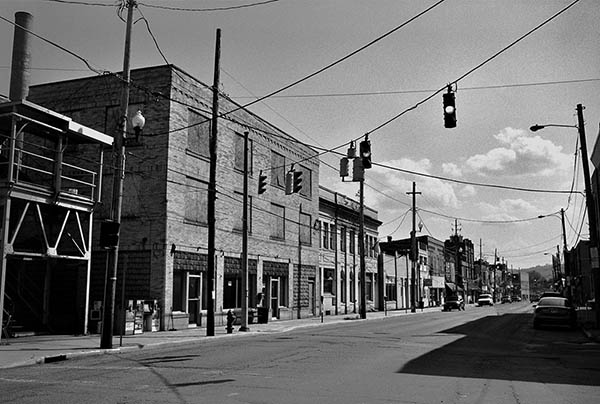
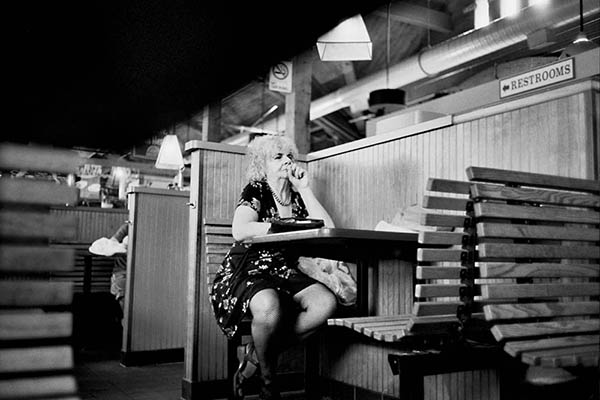
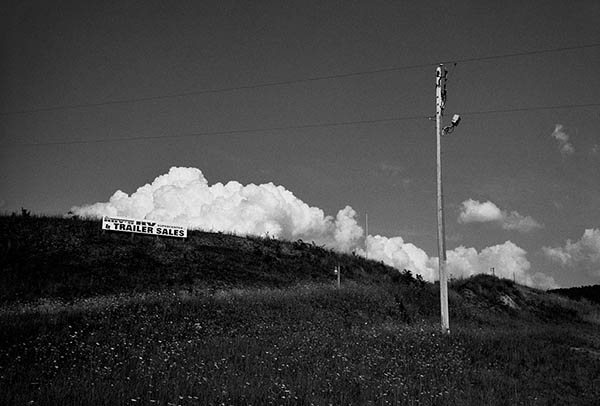
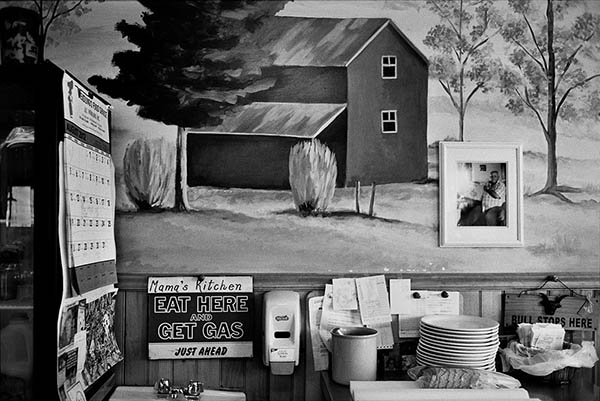
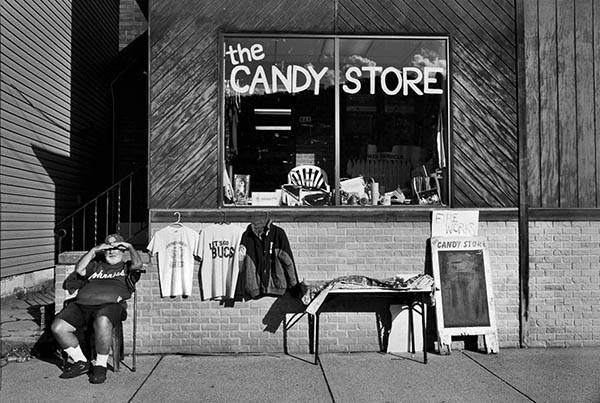

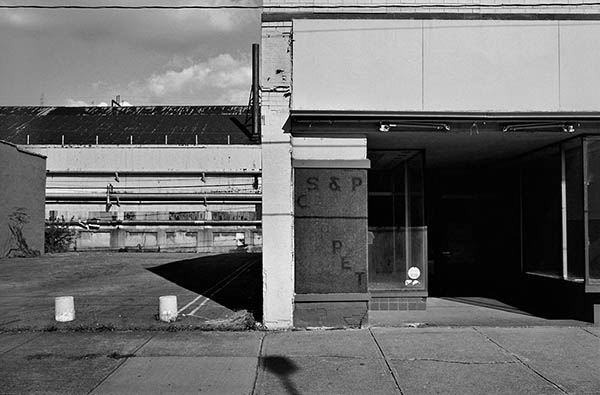
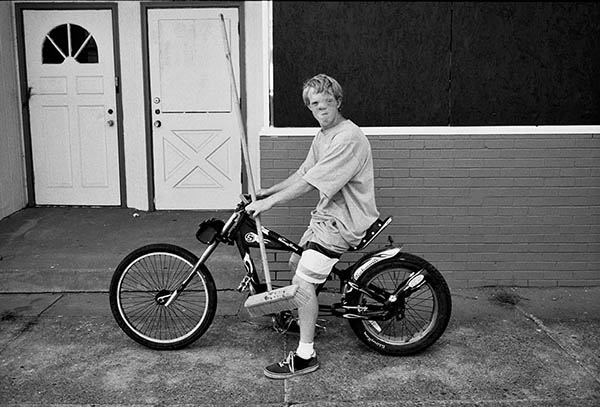




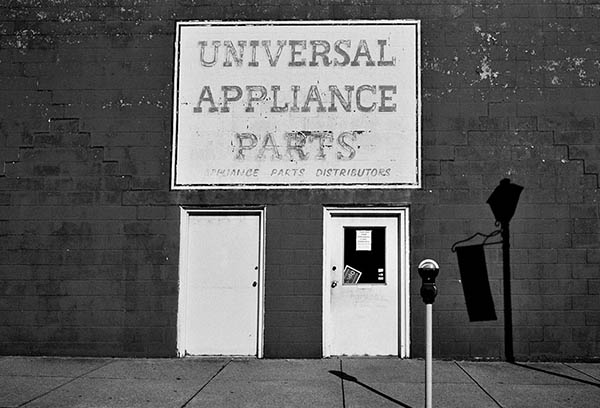
All photographs and essay “SEEN AND FELT: Appalachia, 2012” © Susan May Tell. All Rights Reserved. 1. Appalachian Mist, Altoona Pennsylvania, 2012 2. Weirton Steel Mill, Weirton, West Virginia, 2012 3. Main Street, Mingo Junction, Ohio, 2012 4. Time Out, Wheeling, West Virginia, 2012 5. Replica, Elkins, West Virginia, 2012 6. Mama's Kitchen, Elkins, West Virginia, 2012 7. The Candy Store, Johnstown, Pennsylvania, 2012 8. Spirit of Brownton, Brownton, West Virginia, 2012 9. S & P Carpet, Mingo Junction, Ohio, 2012 10. Odd-job Man, Mingo Junction, Ohio, 2012 11. Steel Mill Memories, Steubenville, Ohio, 2012 12. Wilkinsburg Reflected, Wilkinsburg, Pennsylvania, 2012 13. Appalachia Crossroads, Altoona, Pennsylvania, 2012 14. Union Local Flag, Belmont, Ohio, 2012 15. Universal Appliance Parts, Wheeling, West Virginia, 2012
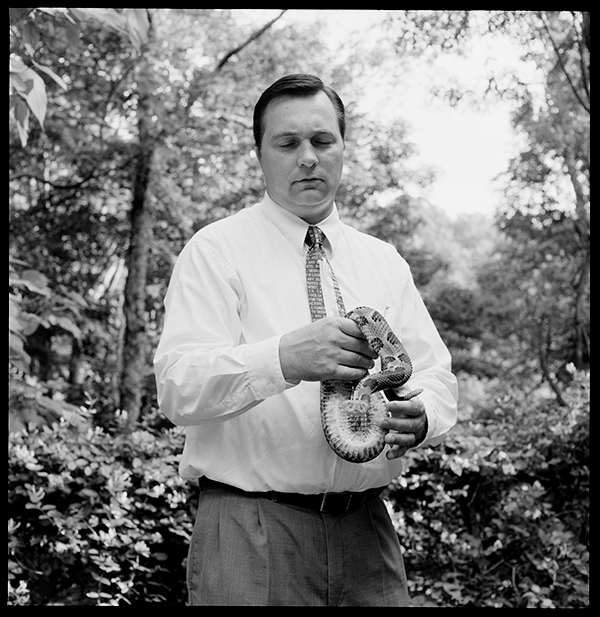 I can thank Instagram and cell phone photography for leading me to the beautiful analog work of
I can thank Instagram and cell phone photography for leading me to the beautiful analog work of 